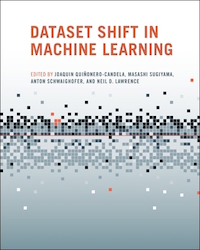

The presentation is completely rigorous, yet is intuitive enough for immediate comprehension. The material on system models is isolated in separate chapters for easy reference. The material is organized according to the system model-first by the timing model and then by the interprocess communication mechanism. The problems covered include resource allocation, communication, consensus among distributed processes, data consistency, deadlock detection, leader election, global snapshots, and many others. The algorithms are proved correct, and their complexity is analyzed according to precisely defined complexity measures. She directs her book at a wide audience, including students, programmers, system designers, and researchers.ĭistributed Algorithms contains the most significant algorithms and impossibility results in the area, all in a simple automata-theoretic setting. On real data with ground truth, we achieve 98 percent accuracy.read more read lessĪbstract: In Distributed Algorithms, Nancy Lynch provides a blueprint for designing, implementing, and analyzing distributed algorithms. We experimentally demonstrate the effectiveness of our approach for image restoration, stereo and motion.

Both of these algorithms allow important cases of discontinuity preserving energies. Our expansion algorithm finds a labeling within a known factor of the global minimum, while our swap algorithm handles more general energy functions. In contrast, many standard algorithms (including simulated annealing) use small moves where only one pixel changes its label at a time. These moves can simultaneously change the labels of arbitrarily large sets of pixels. We present two algorithms based on graph cuts that efficiently find a local minimum with respect to two types of large moves, namely expansion moves and swap moves.

Therefore, our focus is on efficient approximation algorithms.

Global minimization of these energy functions is NP-hard even in the simplest discontinuity-preserving case. The authors consider a wide class of energies with various smoothness constraints. These tasks are naturally stated in terms of energy minimization. A common constraint is that the labels should vary smoothly almost everywhere while preserving sharp discontinuities that may exist, e.g., at object boundaries. Abstract: Many tasks in computer vision involve assigning a label (such as disparity) to every pixel.


 0 kommentar(er)
0 kommentar(er)
